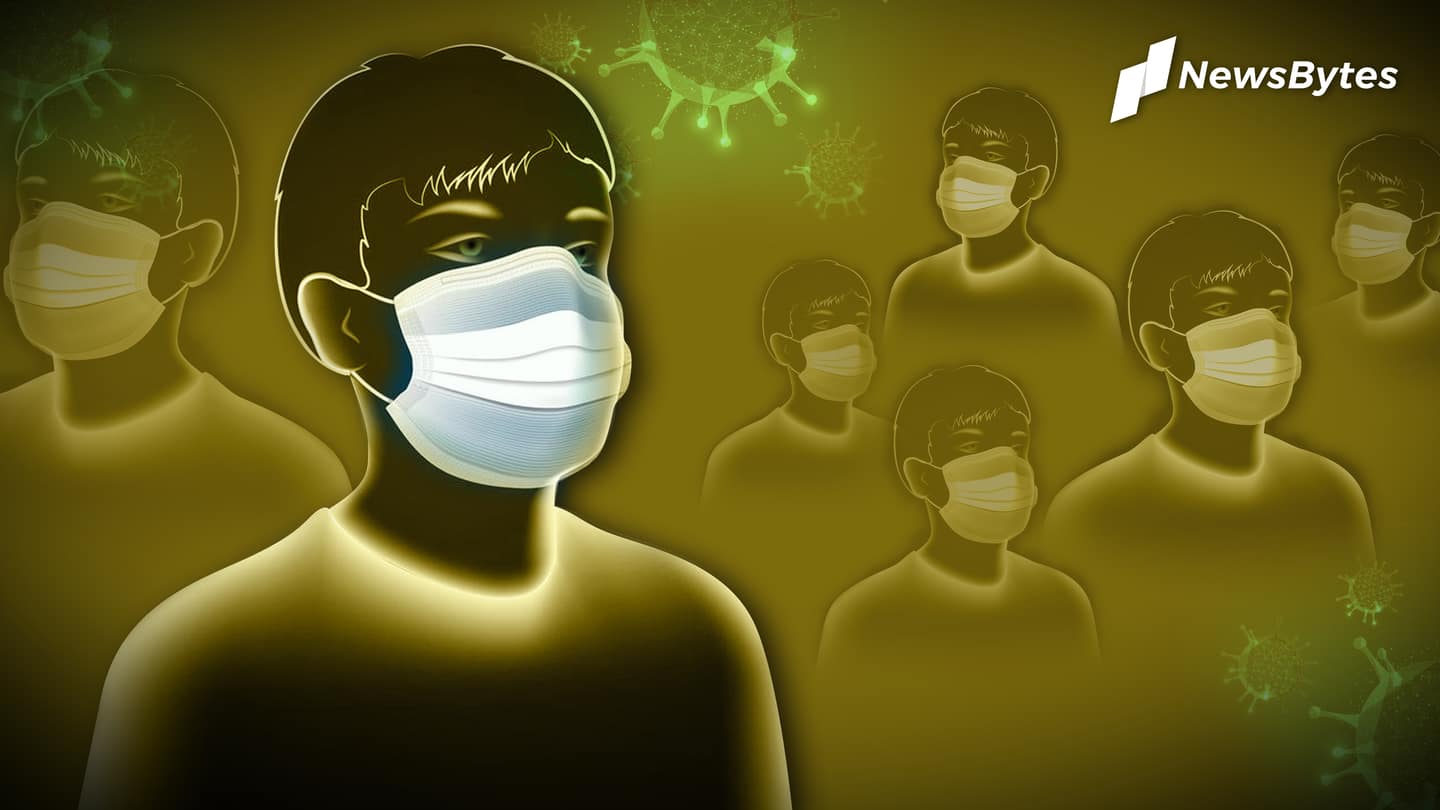
What are the challenges of making masks the 'new normal'?
What's the story
As the world stands ravaged by COVID-19, leaders have repeatedly called to adopt health precautions as the "new normal." One of the more visible changes in this "new normal" is the widespread use of face masks to shield one's nose and mouth from the coronavirus. But, there is the additional hurdle of getting the masses to use the right mask and using it properly.
Details
Masks important as nations emerge from lockdowns
A recent article published in Harvard Business Review titled 'We Need Better Masks' listed the challenges to overcome to ensure the widespread use of face masks. While increased testing and vaccine development are the more obvious solutions to the pandemic, as several nations are easing lockdowns to revive the economy, people need to feel confident about the level of protection masks offer.
Issues
What are the issues with existing masks?
N95 masks can block nearly all respiratory droplets that transmit the virus, provided they are worn correctly. N95s are, however, uncomfortable to wear for longer periods. High-filtration surgical masks that are less effective than N95s may not offer protection against aerosol transmission. However, both these masks are in short supply even for health workers who need them most.
Information
'Widespread use of cloth masks can dramatically reduce transmission'
The HBR article stated, "Models suggest that the widespread use of even cloth masks, bandanas, or scarves could dramatically reduce transmission." However, the challenges with such masks or coverings include increasing the level of protection and comfort, among others.
Protection
Level of protection face masks offer
For protection, there are three important criteria one needs to look at: how well does the mask deflect/filter particles, how well does it seal around a face, and whether the level of protection to block aerosols is even required. Studies have shown that filtration just shy of N95s can be achieved through fabric masks made out of combinations of cotton, silk, flannel, and chiffon.
Information
How can you enhance a mask's fit?
The article stated that studies have also suggested that a mask's fit can be enhanced by creating a brace using rubber bands and lining the outside of masks with material from a nylon stocking. Face shields might also provide sufficient mouth and nose protection.
Scalability
Important to ensure manufacturing face masks can be scaled up
Another challenge is to come up with a face mask designs that can be easily scaled up for large scale manufacture. The design must use commonly available materials that can be purchased in mass quantities. The article stated, "Multiple designs using different materials may be necessary so we are not reliant on any single set of materials that could run out."
Information
Comfort an important factor with face masks
To ensure that people can actually wear masks for longer periods without feeling the need to touch or adjust them, the masks need to be comfortable. Stanford researchers are experimenting with wearable devices that pump oxygen into masks to make them more breathable.
Reusability
Masks also need to be reusable
Another major challenge with face masks is to make them reusable. Repeatedly using and discarding single-use masks can worsen shortage, and add to biomedical waste. It should have to be possible to clean face masks, or replace certain parts (e.g. filters), the HBR article said. The article also mentioned that certain hospitals have even started using elastomeric masks—used in industrial plants and construction sites.
Style
Making masks that are fun and fashionable equally important
Lastly, to get people to adopt face masks as the "new normal," they need to be fun, cool, and fashionable, such as by exhibiting the colors or logos of individuals' favorite sports teams. The article suggested holding contests to develop masks, and called upon coronavirus-hit industries to use their resources to push academic institutions, companies, and private citizens to create and test new designs.
Quote
'Getting people to wear more protective masks is more feasible'
The article stated, "Although expanding testing or contact tracing remain crucial, designing, producing, and getting people to wear more protective masks is more feasible and more quickly achievable." It added, "It may be the single most important low-hanging opportunity for slowing COVID-19's spread and giving people the security they need to bring our societies back to life."